What Happens If Someone Gets Hurt on Your Property?
.jpg)
If someone gets hurt on your property, you may be liable under premises liability laws. This means you have a responsibility to keep your property safe for visitors. Negligence, like failing to repair hazards, can lead to legal consequences. Depending on the situation, the injured person might seek compensation for their injuries. By understanding your legal obligations and how to respond after an injury, you can better protect yourself and your property. There’s more to explore on this topic.
Key Takeaways
- Property owners may be held liable for injuries if they were negligent in maintaining a safe environment.
- Immediate steps include calling for medical help and documenting the incident thoroughly.
- Legal duty requires regular inspections and prompt addressing of hazards on the property.
- Liability can arise from various incidents, such as slips and falls or dog bites.
- Maintaining insurance coverage can protect property owners from the financial repercussions of injuries.
Understanding Premises Liability
When someone gets injured on your property, understanding premises liability is essential. This legal concept holds property owners responsible for injuries that occur due to unsafe conditions. As a property owner, you must maintain a safe environment for visitors, whether they’re invited guests or uninvited trespassers. Your duty varies depending on the visitor's status; for example, you owe a higher duty to invitees than to trespassers.
If someone gets hurt because of your negligence, like failing to fix a broken railing or not warning about slippery floors, you could be liable for damages. Familiarizing yourself with local laws and regulations regarding premises liability can help you mitigate risks and avoid potential lawsuits. Always prioritize safety to protect both your visitors and yourself.
Common Types of Injuries on Property
Injuries on your property can take many forms, and understanding these common types is essential for effective safety management. Slip and fall accidents often occur due to wet floors, uneven surfaces, or cluttered walkways. These incidents can lead to sprains, fractures, or even head injuries. Another frequent issue is injuries from falling objects, which can happen in storage areas or construction sites. Additionally, dog bites can occur if you have pets, potentially resulting in serious injuries. Finally, accidents involving equipment or machinery can lead to severe injuries, including lacerations or crush injuries. Being aware of these risks allows you to implement preventive measures and maintain a safer environment for everyone on your property.
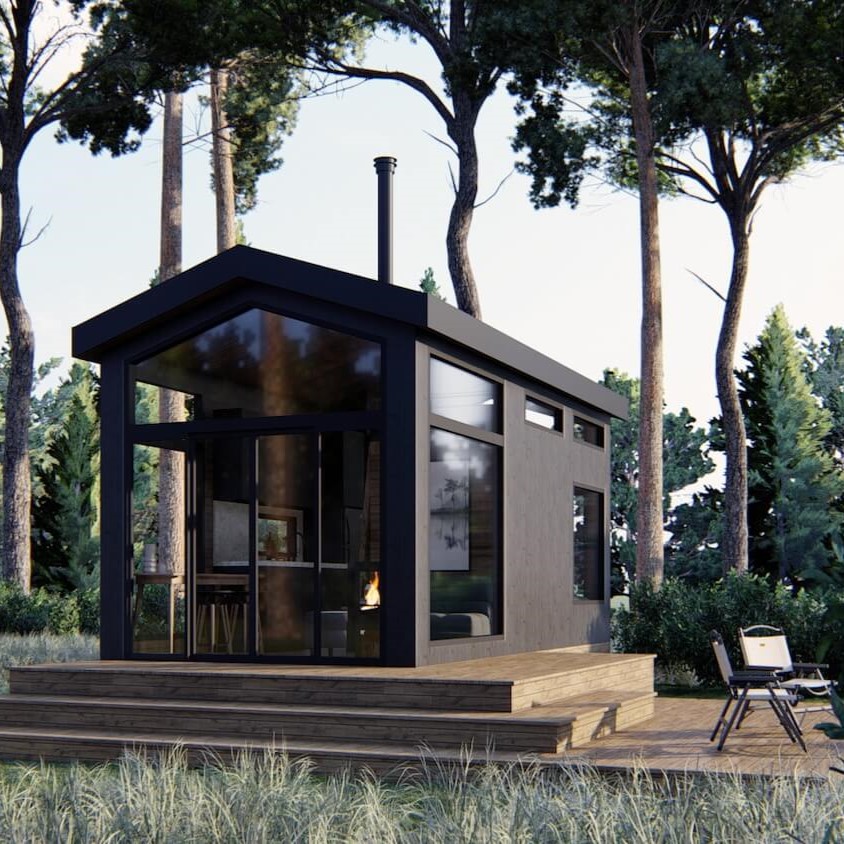
Immediate Steps to Take After an Injury
Although accidents can be unexpected, knowing the immediate steps to take after someone gets hurt on your property is essential for ensuring their safety and protecting yourself legally. First, assess the situation and check on the injured person. If they need medical assistance, call 911 or have someone do it for you. While waiting for help, provide comfort and avoid moving them unless there’s a danger.
Next, document the incident by taking photos of the scene and gathering contact information from witnesses. Record your observations and any details about the injury. Finally, don’t admit fault or discuss the incident extensively; stick to the facts. These steps can help you manage the situation effectively while safeguarding your interests.
Legal Responsibilities of Property Owners
As a property owner, you have a legal duty to maintain a safe environment for anyone who enters your premises, whether they are guests, tenants, or even trespassers. This responsibility means you must regularly inspect your property for hazards, promptly address any issues, and guarantee your premises are compliant with local safety regulations.
If someone gets injured due to negligence, like failing to fix a broken railing or not clearing ice from a walkway, you could be held liable for damages. Your responsibility varies depending on the visitor's status; for instance, you owe a higher duty of care to invitees than trespassers. Understanding these legal obligations helps protect you from potential lawsuits and promotes a safer environment for everyone.
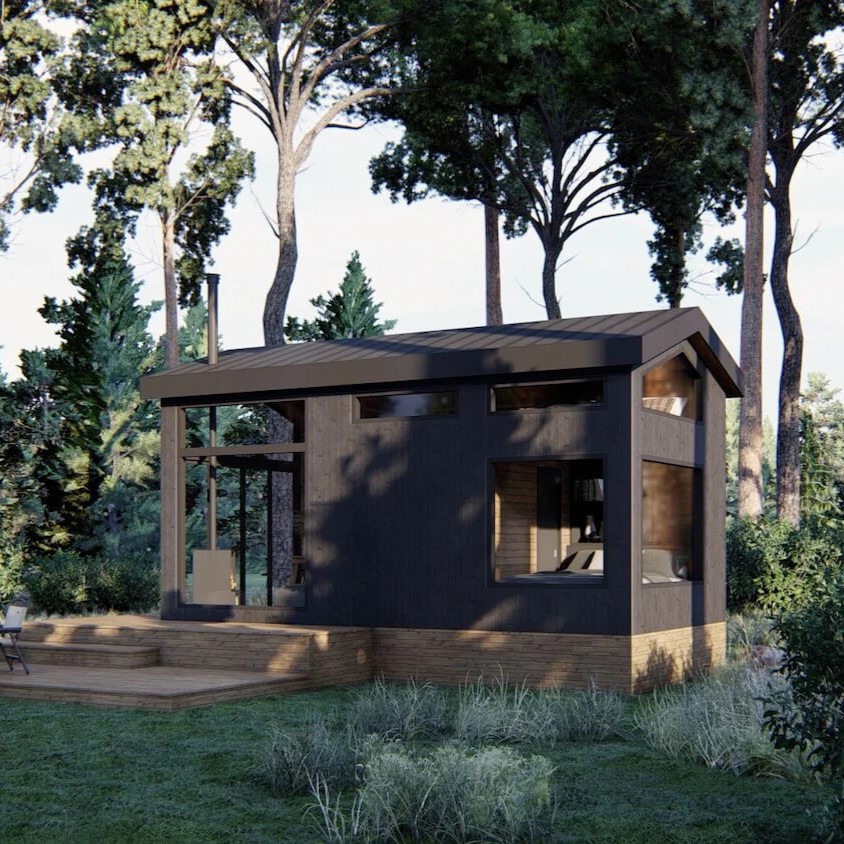
Ways to Mitigate Risk and Protect Yourself
To safeguard yourself against potential liability, it's important to implement proactive measures that enhance safety on your property. Start by regularly inspecting your premises for hazards, such as uneven walkways or loose railings, and address any issues promptly. Installing proper lighting can help prevent accidents, especially in darker areas.
Additionally, consider posting clear signage that warns of potential dangers, like wet floors or steep stairs. If you have a pool or trampoline, make certain you have safety barriers in place and enforce strict usage rules. Finally, maintain adequate liability coverage for tiny house owners to protect yourself financially in case of an incident. By taking these steps, you’ll create a safer environment and reduce the risk of liability claims.
Conclusion
In summary, understanding premises liability is vital for any property owner. If someone gets hurt on your property, taking immediate action and being aware of your legal responsibilities can help you navigate the situation effectively. By implementing safety measures, you can reduce the risk of injuries and protect yourself from potential legal issues. Staying informed and proactive not only fosters a safer environment but also shields you from unnecessary complications down the line.
.png)
For tiny house insurance, we recommend MAC Insurance. As one of the pioneering agencies in this field, they offer coverage that goes beyond the basics, including protection for theft, mobility, and full-time insurance—areas often missed by traditional policies. They also provide insurance for yurts and container homes, which are increasingly popular but usually difficult to insure. For tiny house builders, MAC Insurance delivers comprehensive coverage to safeguard against construction risks and liabilities.







.jpg)
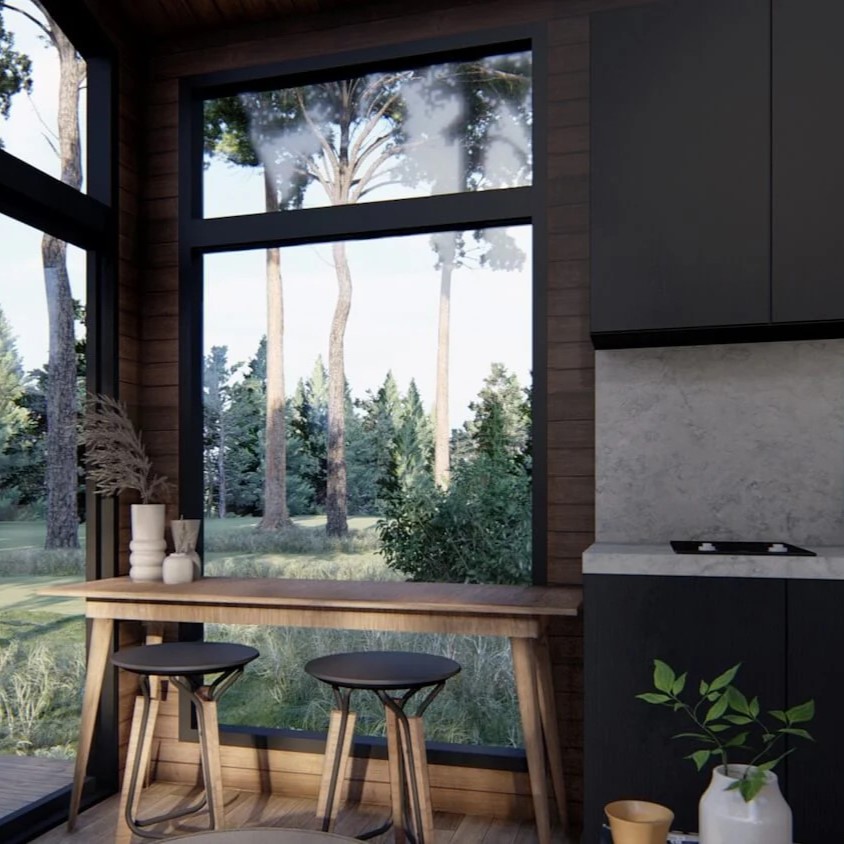
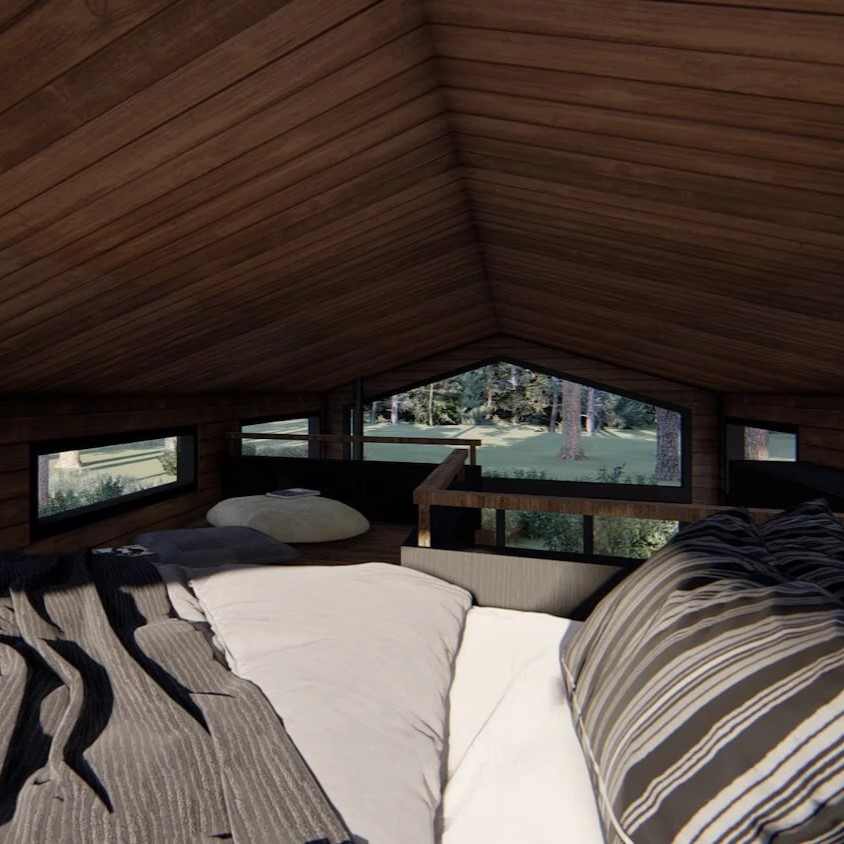
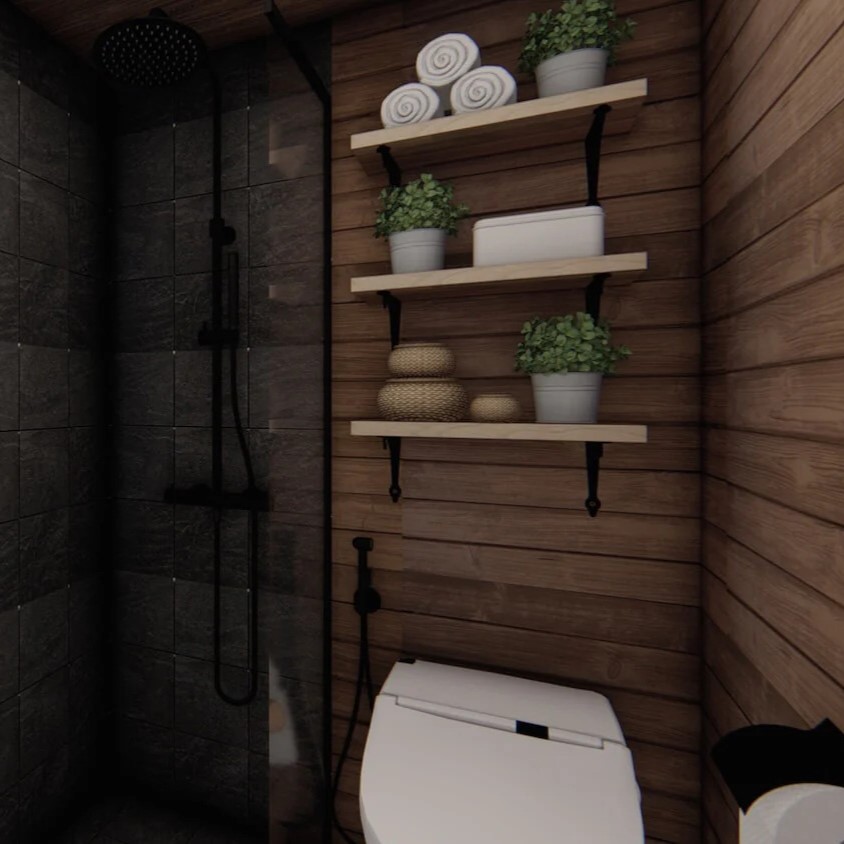
.jpg)
